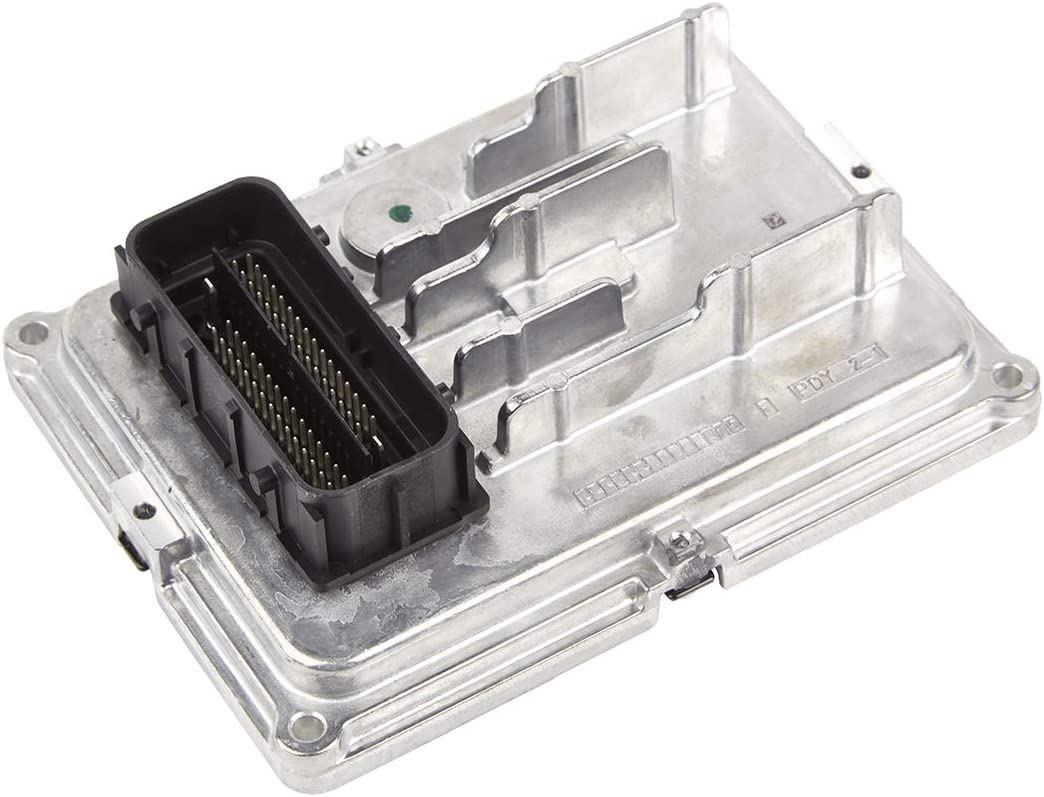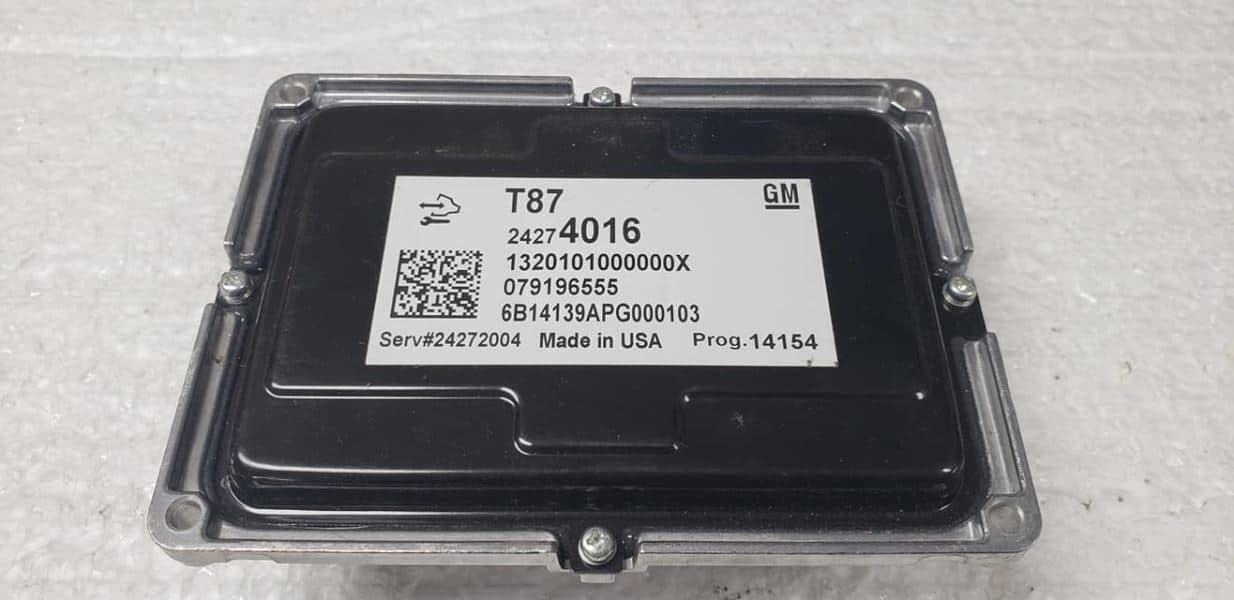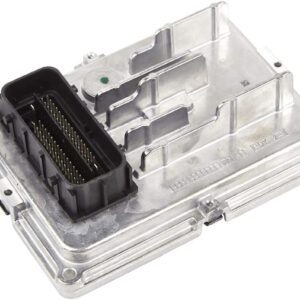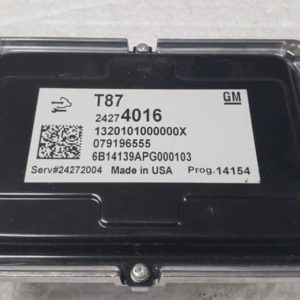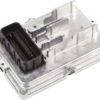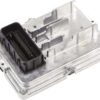Restore Your Truck’s Shifting Performance and Reliability
As a technician with over two decades of experience, I’ve seen firsthand the frustration that comes with a failing Transmission Control Module (TCM). Your 2015-2016 Silverado 3500 is a workhorse, but when the transmission starts acting up—with harsh shifts, delayed engagement, or a persistent check engine light—it can bring your work to a halt. You’re not just dealing with an annoyance; you’re dealing with a loss of confidence in your vehicle’s ability to perform. This isn’t just a part; it’s the solution to get your powerful truck back to operating as it should.
This is a direct-replacement TCM, part number 24272004, that arrives at your door completely programmed to your truck’s specific Vehicle Identification Number (VIN). We handle the complex part for you. By flashing the module with the latest factory software from GM before it ships, we eliminate the need for an expensive trip to the dealership for programming. This means you can get your truck back on the road faster and with less hassle. For the professional mechanic, this saves valuable bay time and provides a reliable part for your customer. For the DIY enthusiast, it makes a complex job manageable and straightforward.
From the Diagnostic Bay: The Case of the Erratic Sierra
A customer brought in his 2016 Sierra 2500, a truck nearly identical under the hood to your Silverado 3500. His complaint was intermittent, violent downshifts when coming to a stop and occasionally getting stuck in 3rd gear (limp mode). He’d already replaced a couple of solenoids with no luck. A quick scan showed a U0101 (Lost Communication with TCM) code that would come and go. Instead of throwing more parts at it, we checked the TCM’s power and ground connections, which were solid. This pointed directly to an internal failure in the module itself, a common issue I’ve seen in these GM HD trucks. We installed a VIN-programmed TCM just like this one, performed the transmission service relearn procedure, and the truck was shifting like new. It saved the customer from a costly, and likely incorrect, transmission rebuild.
Is Your Truck Showing These Symptoms?
A faulty TCM can manifest in several ways. If you’re experiencing any of the following, this module is the likely solution:
- ✔ Harsh, erratic, or delayed shifting
- ✔ Transmission stuck in one gear (limp mode)
- ✔ Check Engine Light or “Service Transmission” warning on the dash
- ✔ Inaccurate gear display on the instrument cluster
- ✔ Common Diagnostic Trouble Codes (DTCs) such as P0700, P0751, P0756, U0100, or U0101
- ✔ A feeling of lost power or poor fuel economy directly related to shifting issues
A Straightforward Guide to Installation
Installing your new 2015-2016 Silverado 3500 TCM is a manageable job for someone with basic mechanical skills. Following these steps will ensure a smooth process. Always consult a service manual for your specific vehicle’s torque specs and details.
- Safety First: Disconnect the negative terminal from your truck’s battery to prevent any electrical shorts.
- Locate the TCM: On most Silverado and Sierra HD models, the TCM is mounted on the driver’s side, attached to the fan shroud or near the core support. It’s a silver box with large electrical connectors.
- Disconnect the Connectors: Carefully unclip and remove the electrical wiring harnesses from the old module. Be gentle, as these clips can become brittle over time.
- Remove the Old Module: Unbolt the mounting hardware holding the old TCM in place and remove it from the vehicle.
- Install the New Module: Mount your new, pre-programmed TCM in the same location and secure it with the original hardware.
- Reconnect Everything: Plug the wiring harnesses firmly back into the new module until they click into place. Reconnect the negative battery terminal.
- Final Steps: While the module is pre-programmed, it’s a best practice to perform a transmission service fast learn or adaptive pressure relearn with a capable scan tool. This helps the transmission adapt to the new module for the smoothest possible operation from the start.
Verified Vehicle Compatibility
This module is a direct replacement for part numbers 24272004 and 24276411. It is guaranteed to fit the following vehicles with the specified options. Please verify your vehicle is on this list before ordering.
- Chevrolet Camaro: 2016
- Cadillac CTS: 2016 (with ID 24276411)
- Cadillac Escalade / Escalade ESV: 2015-2017 (with 8-speed trans, M5U)
- GMC Sierra 1500 / Sierra Denali 1500: 2015-2016 (with 8-speed trans, M5U)
- GMC Sierra 2500 / Sierra Denali 2500: 2015-2016 (with 6-speed trans, MW7)
- GMC Sierra 3500 / Sierra Denali 3500: 2015-2016 (with 6-speed trans, MW7)
- Chevrolet Silverado 1500: 2015-2016 (with 8-speed trans, M5U)
- Chevrolet Silverado 2500: 2015-2016 (with 6-speed trans, MW7)
- Chevrolet Silverado 3500: 2015-2016 (with 6-speed trans, MW7)
- GMC Yukon / Yukon XL 1500: 2015-2016 (with 8-speed trans, M5U)
Why do I need to provide my VIN?
Your Vehicle Identification Number (VIN) is essential because it allows us to program the TCM with the exact software calibration your truck requires. This ensures perfect communication with the engine and other modules, providing optimal shift points and performance right out of the box.
Is this a simple plug-and-play part?
Yes, because we pre-program the module, it is a plug-and-play installation. You simply remove the old module and install this one. No dealer visit for programming is required, saving you significant time and money.
Will this fix my ‘Service Transmission’ light?
In most cases, yes. If the warning light and associated trouble codes (like U0100 or P0700) are caused by a faulty TCM, this new module will resolve the issue and allow the codes to be cleared.
Where is the TCM located on my 2015-2016 Silverado 3500?
On the 2015-2016 Silverado and Sierra HD trucks, the Transmission Control Module is typically found on the driver’s side of the engine bay, mounted to the fan shroud. It’s a rectangular metal box with several large electrical connectors.
Do I need any special tools for installation?
No special tools are required. Basic hand tools like a socket set and a small screwdriver or pick for the connector clips are all you should need to complete the job.
